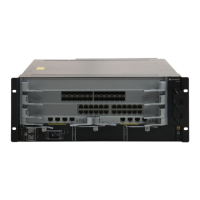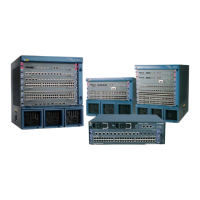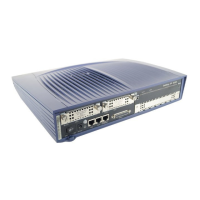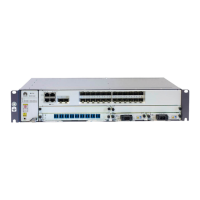3.1 Introduction
The VLAN technology is important for forwarding on Layer 2 networks. This section describes
the background, functions, and advantages of the VLAN technology.
Overview of VLAN
The Ethernet technology is for sharing communication mediums and data based on the Carrier
Sense Multiple Access/Collision Detect (CSMA/CD). If there are a large number of PCs on an
Ethernet network, collision becomes a serious problem and can lead to broadcast storms. As a
result, network performance deteriorates. This can even cause the Ethernet network to become
unavailable. Switches can be used to interconnect local area networks (LANs). Switches forward
information received by inbound ports to specified outbound ports, thereby preventing access
collision in a shared medium. If no specified outbound port is found for information received
by an inbound port, the switch will forward the information from all ports except the inbound
port. This forms a broadcast domain.
To prevent broadcast domains from being too broad and causing problems, you can divide a
network into segments. In this manner, a large broadcast domain is divided into multiple small
broadcast domains to confine the possible scope of broadcast packets. Routers can be deployed
at the network layer to separate broadcast domains, but this method has disadvantages, which
include: complex network planning, inflexible networking, and high levels of expenditure. The
Virtual Local Area Network (VLAN) technology can divide a large Layer 2 network into
broadcast domains to prevent broadcast storms and protect network security.
Definition of VLAN
The VLAN technology is used to divide a physical LAN into multiple logical broadcast domains,
each of which is called a VLAN. Each VLAN contains a group of PCs that have the same
requirements. A VLAN has the same attributes as a LAN. PCs of a VLAN can be placed on
different LAN segments. If two PCs are located on one LAN segment but belong to different
VLANs, they do not broadcast packets to each other. With VLAN, the broadcast traffic volume
is reduced; fewer devices are required; network management is simplified; and network security
is improved.
Figure 3-1 shows a typical VLAN application. Three switches are placed in different locations,
for example, different stories of an office building. If each enterprise builds up a LAN, a high
level of expenditure is required. If enterprises in the office building use the existing LAN,
enterprise information security cannot be guaranteed. The VLAN technology allows enterprises
to share LAN facilities and ensures information security for each enterprise network.
Quidway S7700 Smart Routing Switch
Configuration Guide - Ethernet 3 VLAN Configuration
Issue 01 (2011-07-15) Huawei Proprietary and Confidential
Copyright © Huawei Technologies Co., Ltd.
64

